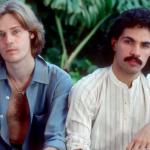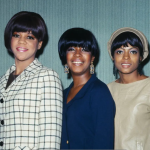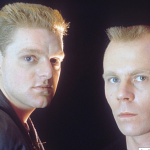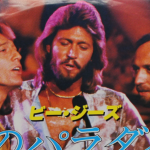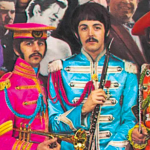The Crow (2024)

𝙎𝙪𝙜𝙜𝙚𝙨𝙩𝙚𝙙 𝙫𝙞𝙙𝙚𝙤𝙨 𝙛𝙤𝙧 𝙮𝙤𝙪:
𝙎𝙪𝙜𝙜𝙚𝙨𝙩𝙚𝙙 𝙫𝙞𝙙𝙚𝙤𝙨 𝙛𝙤𝙧 𝙮𝙤𝙪:
𝙎𝙪𝙜𝙜𝙚𝙨𝙩𝙚𝙙 𝙫𝙞𝙙𝙚𝙤𝙨 𝙛𝙤𝙧 𝙮𝙤𝙪:
𝙎𝙪𝙜𝙜𝙚𝙨𝙩𝙚𝙙 𝙫𝙞𝙙𝙚𝙤𝙨 𝙛𝙤𝙧 𝙮𝙤𝙪:
@licktowing11 Transformers Dark of the Moon – All Megatron Scenes. #movie #movieclips #highlights #moviehighlights #tranformers #optimusprime
𝙎𝙪𝙜𝙜𝙚𝙨𝙩𝙚𝙙 𝙫𝙞𝙙𝙚𝙤𝙨 𝙛𝙤𝙧 𝙮𝙤𝙪:
@lovrstify99 Transformers 2007 Prime vs Bonecrusher and Final Battle Only Action. #movie #mocieclips #highlights #moviehiglights #transformation
The Evolution of Trap Music in 2024
In recent years, trap music has transcended its origins, evolving into a global phenomenon that continues to influence various aspects of culture and lifestyle. By 2024, trap not only dominates the music charts but has also permeated fashion, language, and social movements, marking its significance in modern society.

Originating in the early 2000s in the Southern United States, trap music was characterized by its use of synthesized sounds, high hats, and heavy bass. Artists like TI, Young Jeezy, and Gucci Mane laid the groundwork for the genre, which began as a niche style exclusive to urban communities. However, in 2024, trap has evolved into a versatile genre embraced by artists across the globe. From mainstream pop collaborations to experimental indie tracks, the influence of trap is evident in the diverse musical landscape.

The expansion of trap music can be attributed to the rise of digital platforms and social media. TikTok, Spotify, and YouTube have allowed new artists to gain recognition overnight, often aided by viral challenges and memes. In 2024, many emerging artists leverage these platforms to showcase their talent, adopting trap elements to attract a younger audience. This has resulted in a blend of genres, where trap infuses pop, rock, and even classical music, reflecting its adaptability and widespread appeal.

Moreover, trap culture extends beyond music. The aesthetics associated with trap—think streetwear, bold graphics, and vibrant colors—have made their way into mainstream fashion. Designers are increasingly inspired by the style of trap artists, leading to collections that celebrate urban culture. The lyrics of trap songs, often portraying themes of struggle, resilience, and success, resonate with a generation seeking authenticity and representation in media.

Socially, the messages embedded within trap music have sparked discussions about issues such as systemic inequality, mental health, and personal identity. In 2024, many trap artists use their platform to advocate for social change, addressing topics that matter to their communities. This activism has helped to foster a sense of unity and purpose among fans, making trap not just a genre, but a movement.

In conclusion, trap music in 2024 represents more than just sound; it embodies a cultural shift that challenges norms and connects people across the globe. As it continues to evolve, trap remains a vital force in shaping contemporary music and lifestyle, illustrating the power of art to inspire change and foster connections among diverse communities.

